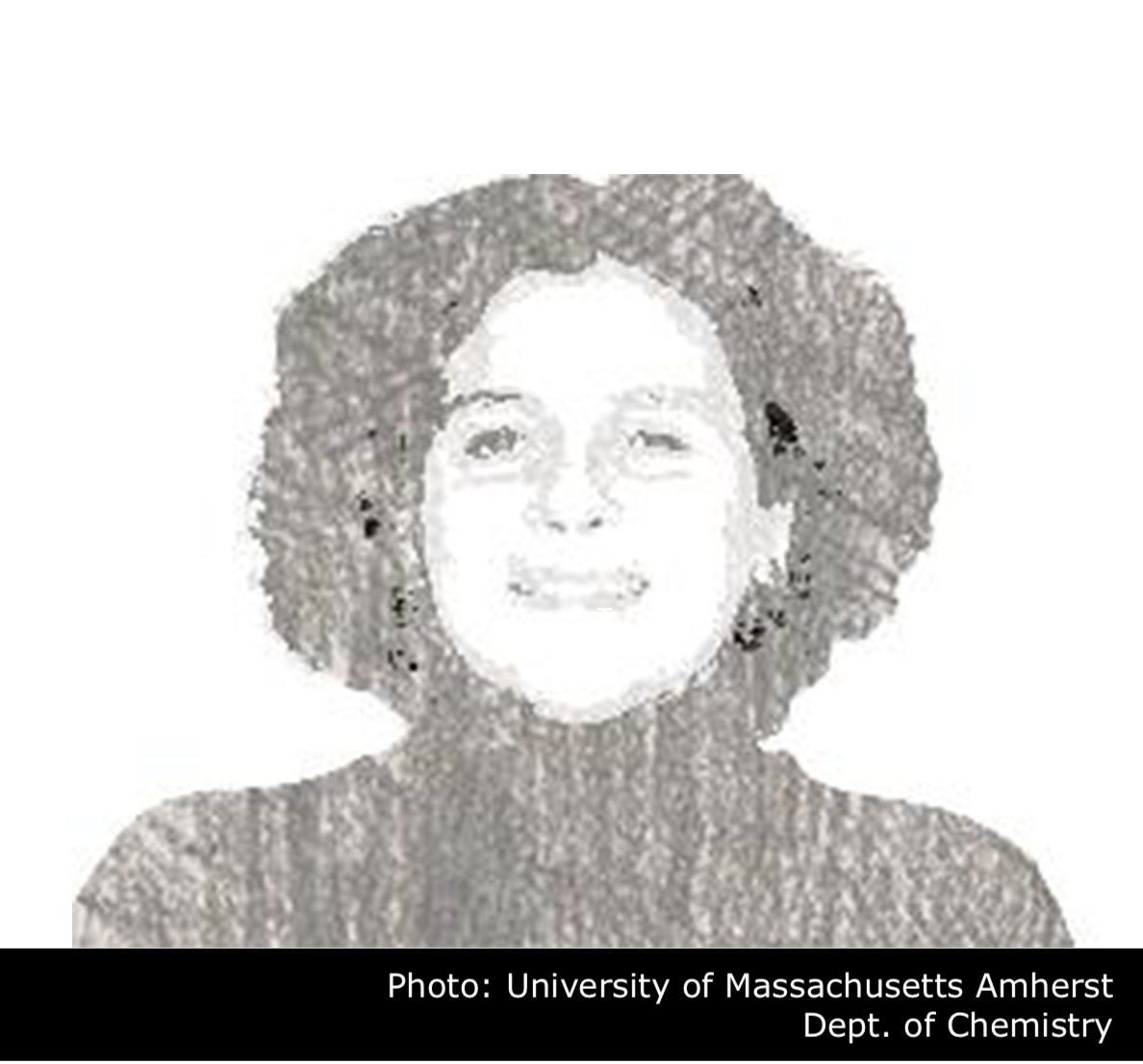Patricia Bianconi
Diamond is the hardest known material, natural or manmade, in existence, as well as a lasting and beautiful component of fine jewelry, and extremely valuable for industrial use, especially in drill bits, on cutting wheels, and in other pieces of machinery. Its scarcity and expense make it somewhat impractical for many to use it in this way.
Since the late 19th century scientists have been exploring ways to create synthetic diamonds that are less expensive and more accessible. In 1892, French chemist Henri Moissan developed a process for creating tiny artificial stones, which was considered the first successful attempt at creating artificial diamonds. Others followed with a variety of processes that eventually led to the development of a synthetic diamond industry.
But, it is still relatively difficult to create synthetic diamonds. Thus, scientists continue to seek novel ways to produce the material. In 1993, Patricia A. Bianconi came up with perhaps one of the most novel methods of all: to simply bake one in the oven.
Bianconi earned a BS degree from Yale University, followed by an MA from Columbia University and a PhD from the Massachusetts Institute of Technology before she became an assistant professor of chemistry at Pennsylvania State University. There she was working with graduate student Glenn Visscher on polymers to be used in the manufacturing of computer chips when she began experimenting with adding carbon to polymer recipes.

Since all carbons and diamonds are tetrahedral (three-dimensional shapes composed of four triangular faces, three of which meet at each vertex), Bianconi couldn’t help but wonder whether her specially formulated carbon-polymer mixture would turn into a diamond if heated.
She wanted to find out so she baked the polymer in a 450-degree oven. Indeed, the mixture was transformed. A diamond looking much like graphite, but a diamond, nevertheless, was formed. Its molecular structure was almost identical to other diamonds.
Bianconi filed for a patent for the process in 1994; it was awarded in 1996. It is her hope that her method might be simple enough that it will help in the development of processes that could allow aircraft or other vehicles’ windshields to be coated with scratchproof diamond surfaces. It might also make it feasible for diamonds to become widely used in computer chips, since diamonds conduct heat more quickly than any other material.
Bianconi is currently an Associate Professor of Inorganic Chemistry with the University of Massachusetts at Amherst.


